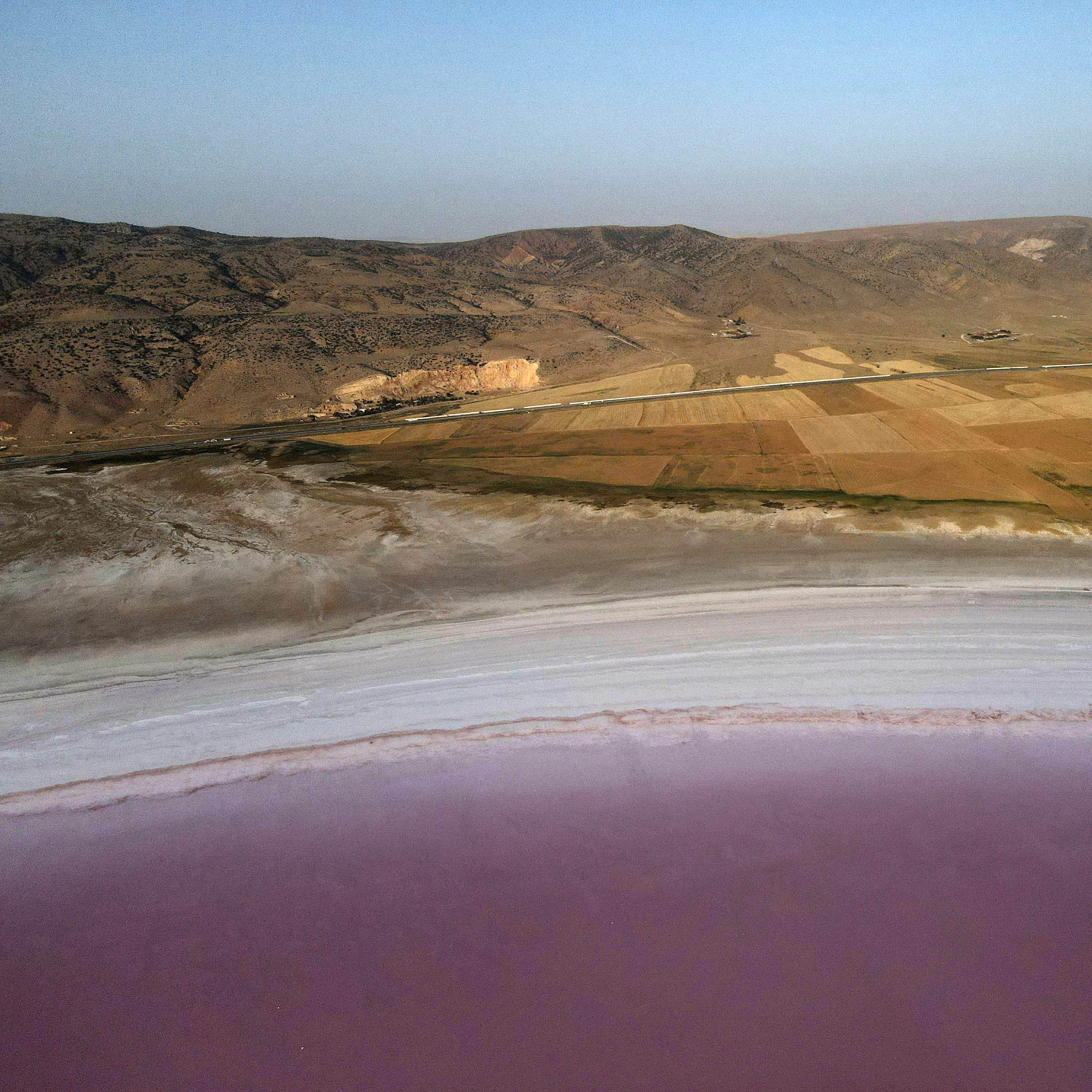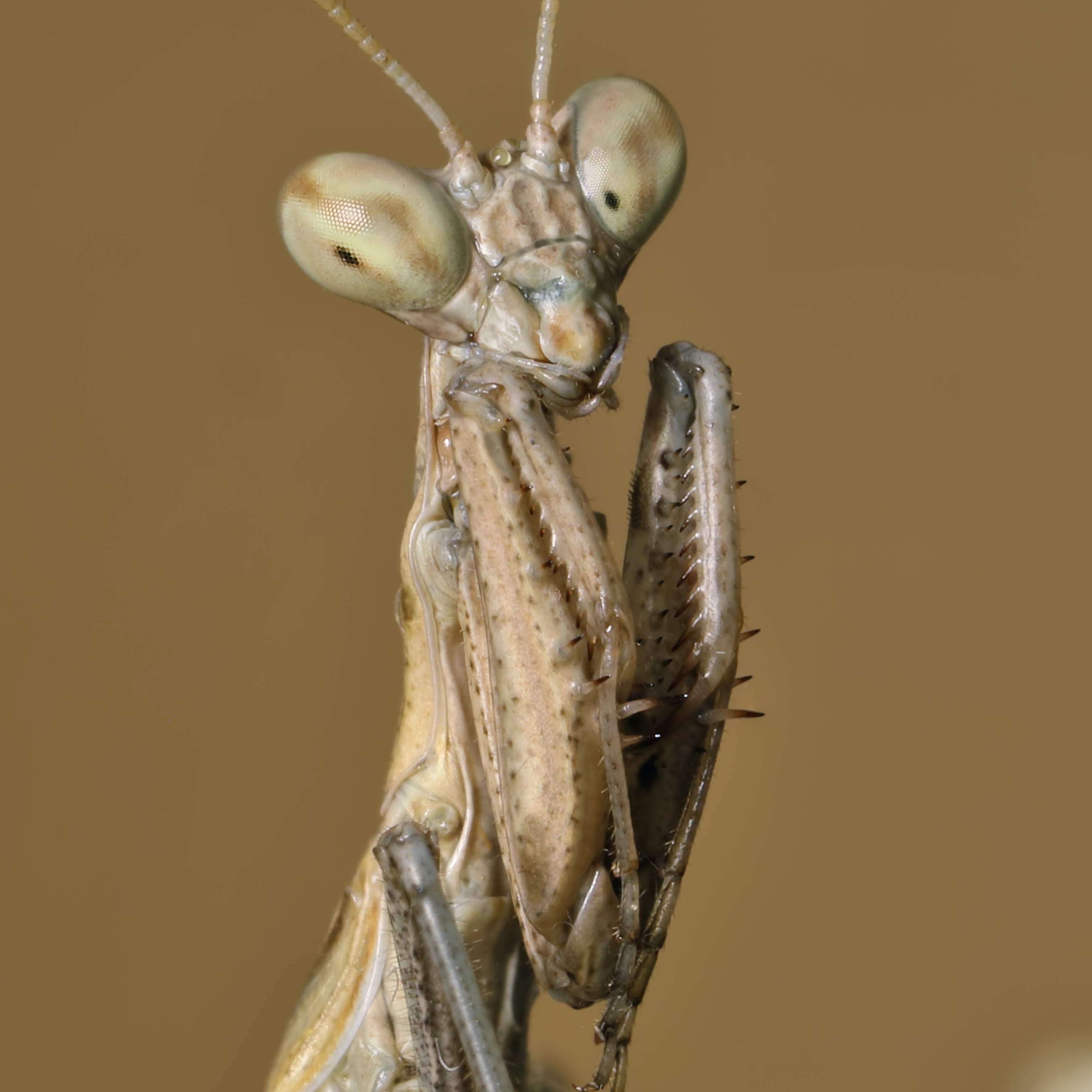
New Life-Forms Found at Bottom of Dead Sea
Middle Eastern salt lake a "fantastic hot spot for life," scientist says.
Dozens of giant craters spewing fresh water and brimming with bacteria have been found at the otherwise barren bottom of the Dead Sea, new research shows.
In 2010 the first diving expedition to the springs revealed "a fantastic hot spot for life" in the lake, which lies on the border of Israel and Jordan (see map), said team member Danny Ionescu, a marine microbiologist for the Max Planck Institute in Germany.
The team found several craters—each about 33 feet (10 meters) wide and 43 feet (13 meters) deep—at 100-foot (30-meter) depths on the lake's bottom. The craters were covered with films and sometimes surprisingly thick mats of new bacterial species, Ionescu said.
These tiny communities live near thin plumes of fresh water that shoot from undersea springs, whose presence has long been suspected based on peculiar ripples on the Dead Sea's surface.
To reach the springs, divers searched for abrupt drops along the seafloor while contending with very low visibility.
"When you put your head in [a crater] you cannot see anything—you have to have faith and will to explore," Ionescu said.
But once the water cleared near the base of the crater, seeing the plumes jetting from the earth was "a fascinating feeling," he said.
(See pictures: "Prehistoric American Skull Found in Sea Cave?")
Dead Sea Truly Almost Dead
Rivers and streams—most notably the Jordan River—once regularly infused fresh water into the Dead Sea.
The basin has no outlet, so water escapes only by evaporation. As fresh water evaporates, salty minerals dissolved in the water get left behind. Over time, this process made the Dead Sea much saltier than ocean water.
The lake's saltiness means that larger organisms such as fish and frogs can't survive in the Dead Sea. But a high concentration of magnesium also makes it surprising to find microbes in the lake.
"There are other hypersaline environments that are full of microbial life," Ionescu noted. "This, in my opinion, makes our discovery even more surprising."
In the 1950s countries in the Middle East, including Jordan and Israel, cut off the Jordan River's supply to the Dead Sea to gain drinking water. The move severely lowered the lake's water level—a loss that continues by up to a meter (four feet) a year, according to the research team.
Water in the lake, which already sits in the lowest place on Earth, has fallen by more than 80 feet (25 meters) in the past 40 years.
(See "Diverting Red Sea to Save Dead Sea Could Create Environmental Crisis.")
Few biologists have studied the water body in recent years, except following two major algae bloom events that colored the Dead Sea red in 1980 and 1992.
The surface blooms were caused by organisms different than those recently discovered at depth, Ionescu noted.
In general, the "study really changes how we see the Dead Sea, from a biological perspective," said Kelly Bidle, an environmental microbiologist at Rider University in New Jersey who studies bacteria that live in salty habitats.
That's because "seeing this diversity in a place we had never thought was there before" is very exciting, she said.
"Impressive" Craters Unique to Dead Sea
The 2010 expedition mapped an "impressive" network of about 30 craters, a landscape that has no parallel elsewhere on Earth, said team leader Ionescu, whose research is soon being submitted for publication. (Get more information about the research.)
Preliminary analyses of samples collected in the craters suggest that the springs' bacterial communities are very diverse—akin to what you'd find living on rocks in a regular saltwater sea, he added.
The top of the springs' rocks are covered with green biofilms, which use both sunlight and sulfide—naturally occurring chemicals from the springs—to survive. Exclusively sulfide-eating bacteria coat the bottoms of the rocks in a white biofilm. (See marine-microbe pictures.)
Not only have the organisms evolved in such a harsh environment, Ionescu speculates that the bacteria can somehow cope with sudden fluxes in fresh water and saltwater that naturally occur as water currents shift around the springs.
The existence of such adaptable bacteria is an "intriguing" idea that needs more research, Rider University's Bidle said.
As of right now, "there is no such documented species that exists that could fit this bill"—all highly salt-adapted bacteria die when placed in fresh water, and vice versa, she noted.
If "your machinery is wired for high salt, it's very difficult to imagine that you could go from an extreme amount of salt to near-freshwater biology."
Even so, Bidle doesn't totally rule out the idea: "When it comes to inhabiting extreme environments, nothing surprises me when it comes to microbial life," she said.
Dead Sea Diving Not for Everyone
Ionescu and colleagues will visit the underwater craters again in October to study more about the behaviors and life cycles of the newfound bacteria.
It's no easy task—each diver has to carry 90 pounds (40 kilograms) of weight to lower his or her buoyancy, since the sea's high salt content tends to make people float.
Divers will also need to wear full face masks to protect their eyes and mouths. That's because accidentally swallowing Dead Sea salt water would cause the larynx to inflate, resulting in immediate choking and suffocation.
Likewise, the intensely salty water would instantly burn and likely blind the eyes—both reasons why Dead Sea swimmers rarely fully submerge their bodies, Ionescu noted.
"It's a very unique experience," Ionescu said of diving in the Dead Sea, but "I wouldn't recommend it for recreational diving."







